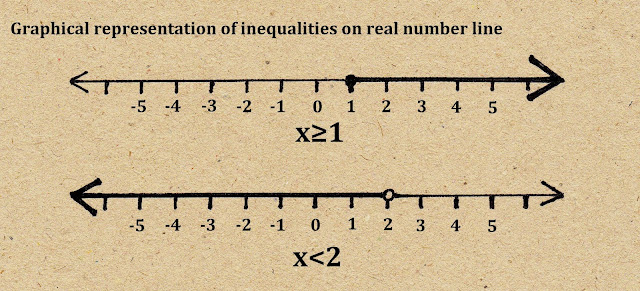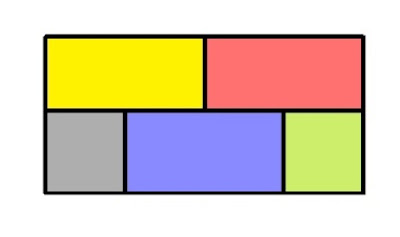LINEAR INEQUALITIES AND ITS REPRESENTATION
Definition of linear inequality
A statement involving two real numbers or two algebraic expressions related by the symbol ' < ', ' > ', ' ≤ ', ' ≥ ' form an inequality.
Types of inequalities
A statement involving two real numbers or two algebraic expressions related by the symbol ' < ', ' > ', ' ≤ ', ' ≥ ' form an inequality.
Types of inequalities
- Numerical inequalities, e.g. 7 > 5, 11 < 8 etc.
- Literal inequalities, e.g. x < 7, y > 4, x ≥ 6 etc.
- Double inequalities, e.g. 3 ≤ x < 5, 6 < y < 11 etc.
- Strict inequalities, e.g. x < 7, ax + by > 0 etc.
- Slack inequalities, e.g. ax + by ≤ 0
- Quadratic inequalities, e.g. ax^2 + bx + c > 0 etc.
- Rule 1: Equal numbers may be added to ( or subtracted from ) both sides of an inequality without affecting the sign of inequality.
- Rule 2: Both sides of an inequality can be multiplied ( or divided ) by the same positive number. But when both sides are multiplied or divided by a negative number, then the sign of inequality is reversed.




Comments
Post a Comment